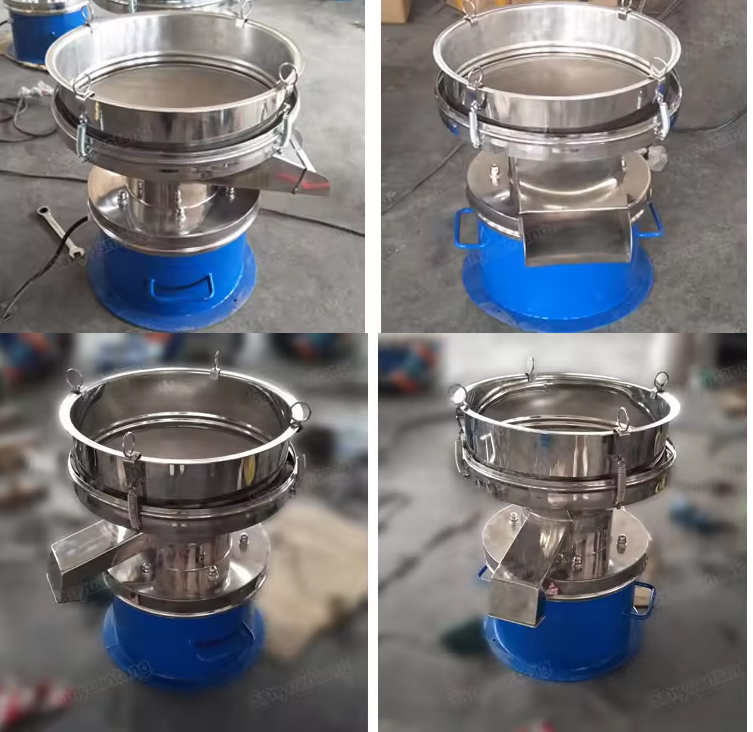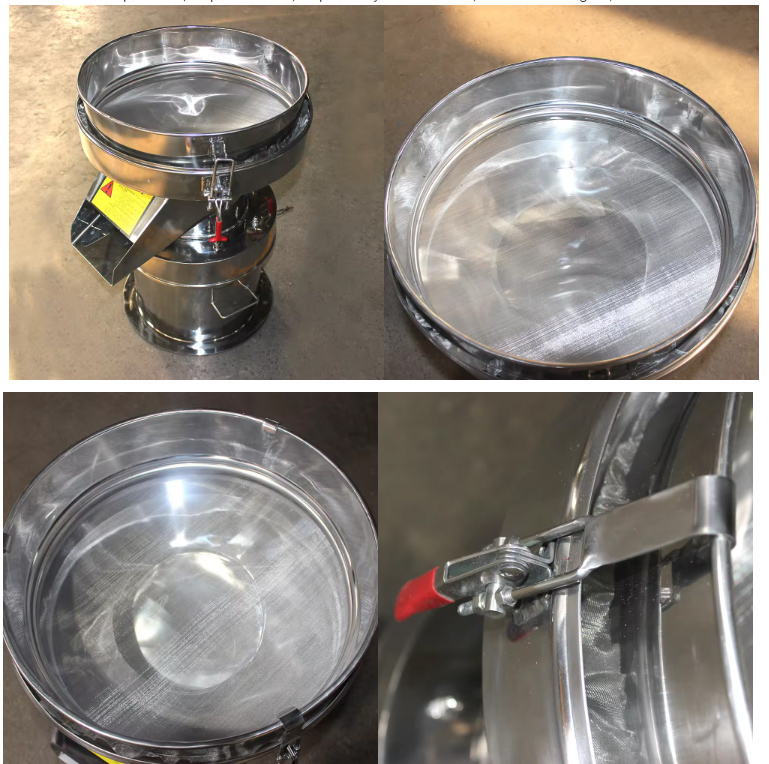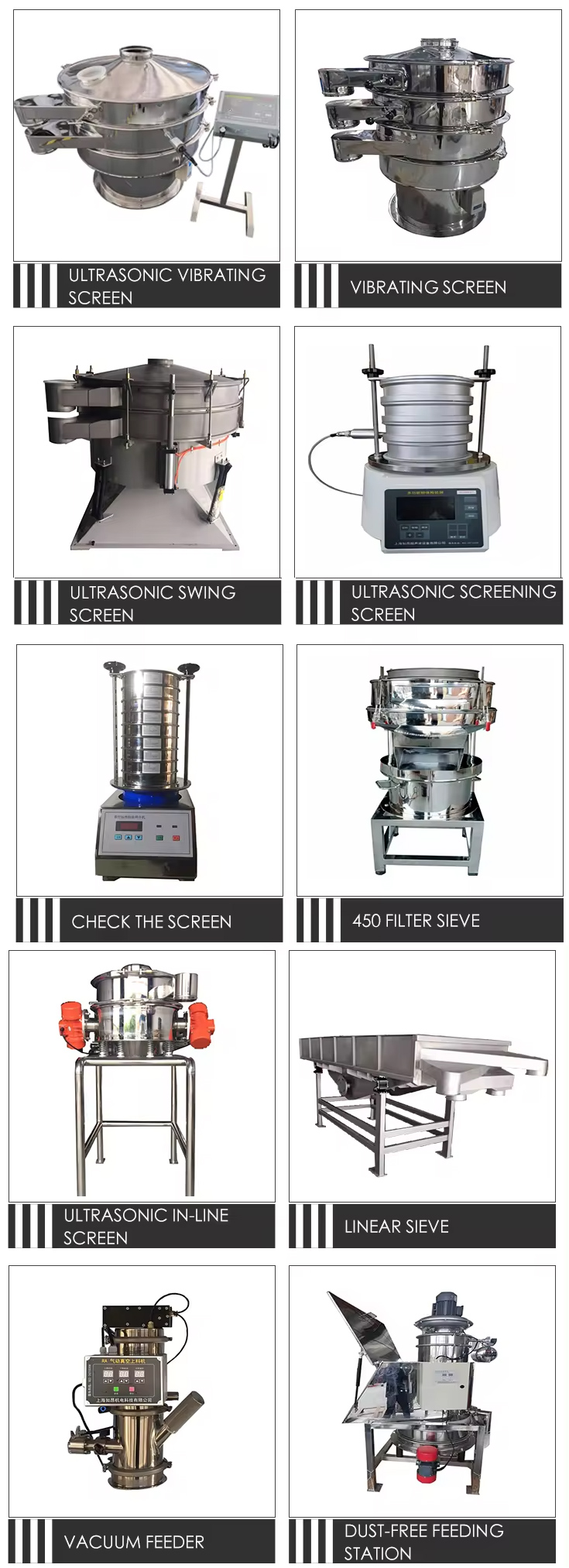A sieve filter, also known as a sieve or mesh screen, is a device used to separate particles of different sizes. It consists of a mesh or perforated surface that allows smaller particles to pass through while retaining larger particles. Sieve filters are commonly used in various industries such as agriculture, construction, pharmaceuticals, and food processing to separate and classify materials based on their particle size. They are essential for tasks like particle size analysis, quality control, and material separation. Sieve filters come in different mesh sizes and configurations to suit specific applications, ranging from fine sieves used for precise particle separation to coarser sieves for more general filtering purposes.


Mesh or Perforated Surface: The key component of a sieve filter is the mesh or perforated surface. This surface is made up of woven wire mesh, metal, or plastic with precise openings of different sizes. The size of the openings determines the range of particle sizes that can pass through the sieve.
Frame: The mesh or perforated surface is typically held in place by a frame made of materials like wood, metal, or plastic. The frame provides structural support and stability to the sieve filter.
The working principle of a sieve filter is based on the size of the particles being separated. When material is poured onto the sieve filter, particles smaller than the openings in the mesh pass through, while particles larger than the openings are retained on the surface of the sieve.

Particle Size Analysis: Sieve filters are commonly used in laboratories and industries to analyze the particle size distribution of granular materials. This information is crucial in various applications such as soil analysis, pharmaceuticals, food processing, and construction.
Quality Control: Sieve filters are used in quality control processes to ensure that materials meet specific size requirements. By separating particles based on size, manufacturers can ensure consistency and quality in their products.
Material Separation: In industries such as agriculture, mining, and recycling, sieve filters are used to separate materials of different sizes. This separation process is essential for recycling operations, grading materials, and separating impurities.
Classification: Sieve filters are used for classifying materials based on particle size. For example, in the food industry, sieves are used to separate flour particles of different sizes for various baking purposes.
Standard Sieves: These sieves have a fixed mesh size and are commonly used for routine particle size analysis in laboratories and industries.
Wet Sieving: In wet sieving, the material being sieved is submerged in water to separate particles based on both size and density. This method is often used for fine particles that tend to agglomerate.
Dry Sieving: Dry sieving is the standard method where the material is sieved without any liquid. It is suitable for most materials and is commonly used for particle size analysis.
Air Jet Sieving: In air jet sieving, a stream of air is used to fluidize and separate particles based on size. This method is suitable for very fine powders that may agglomerate during traditional sieving.

Versatility: Sieve filters can be used to separate a wide range of materials, from fine powders to coarse aggregates.
Accuracy: Sieve filters provide accurate and reliable results in determining the particle size distribution of materials.
Ease of Use: Sieve filters are relatively simple to use and require minimal training for operation.
Cost-Effective: Sieve filters are cost-effective tools for particle size analysis and material separation compared to other methods.
a sieve filter is a versatile and essential tool used in various industries for particle size analysis, quality control, material separation, and classification. By utilizing the principles of particle size separation, sieve filters play a critical role in ensuring the quality and consistency of materials used in different applications.
Address:China,Yanjin county forest park gate to the west 1000 meters north road.